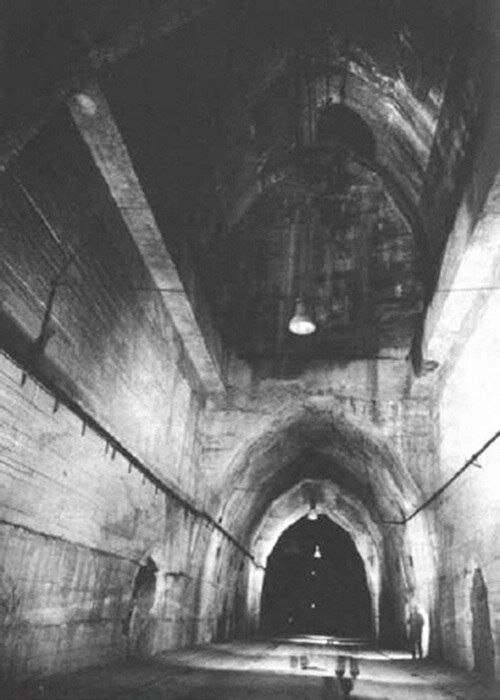Nazis Underground
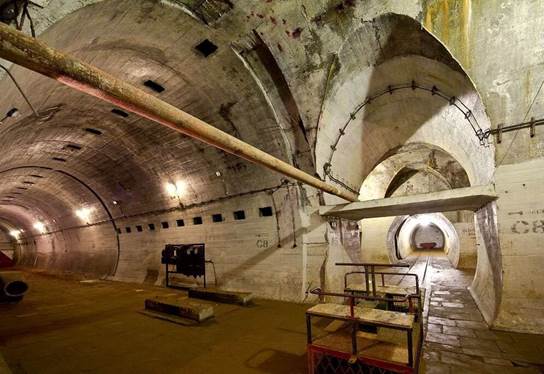
At the end of 1943, it became clear that Germany had lost World War II. The Allies gained the upper hand, and it was only a matter of time before the Third Reich was finally defeated. Hitler, however, was unwilling to accept the inevitable outcome. In response to the intense bombardment of German cities by the American and British air forces, the Fuehrer, as usual, ordered the transfer of the country’s war industry to huge mountain bunkers. Consider how, in just a few months, dozens of factories vital to the Wehrmacht and the Luftwaffe disappeared underground, including the production of the top-secret “weapon of vengeance,” Hitler’s last hope, and the price the world paid for it.
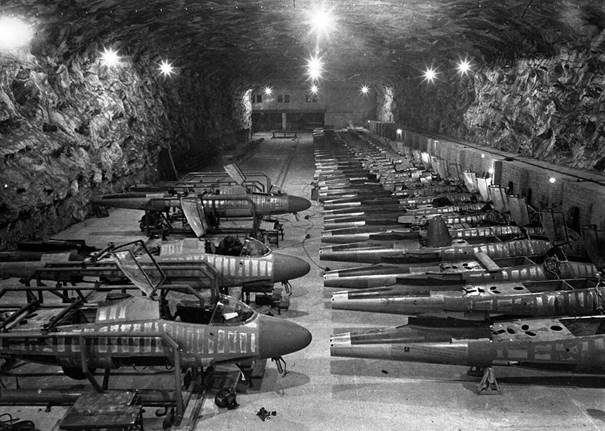
In 1943, the Second World War seriously affected the territory of Germany. Despite the fact that Allied troops had not yet entered the Third Reich directly, the inhabitants of the country could no longer sleep peacefully in their beds. From the beginning of the summer of 1942, British and American air raids were no longer limited to pinpoint strikes on Nazi military infrastructure – carpet bombing became a common practice. In 1943, the intensity of these raids increased significantly and reached its peak the following year, when 900,000 tons of bombs were dropped.
The priority for the Germans was to save their war industry. In 1943, Reich Minister of Armaments Albert Speer proposed a program for the decentralization of German industry, which provided for the transfer of the most important armaments industries from large cities to small settlements, mainly in the east of the country. Hitler, however, had a different point of view. He insisted that war factories and factories be buried underground, in existing mines and other mine workings, and that giant new bunkers be built in the mountains across the country.
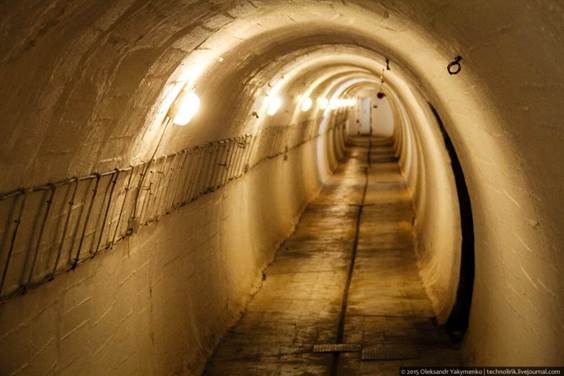
The Nazis were no strangers to such projects. By this time, powerful bunker systems had been built in Berlin, Munich, Hitler’s main headquarters on the Eastern Front, the “Wolf’s Lair” in Rastenburg, his summer alpine residence in the Obersalzberg. Other top leaders of the Third Reich also had their own fortified facilities of this kind. From the beginning of 1943, the so-called “Giant” project was actively implemented in the Owl Mountains in Lower Silesia (in the territory of modern southwestern Poland), which replaced the already doomed “Wolf’s Lair” as the new main headquarters of the Führer.
Initially, it was planned that an impressive system of seven structures would be created here, which could accommodate the top leaders of the Reich, the command of the Wehrmacht and the Luftwaffe. The center of this complex was probably to be Mount Wolfsberg. During the year, a network of tunnels with a length of more than 3 kilometers and large underground halls with a height of up to 12 meters and a total area of more than 10 thousand square meters were built here.
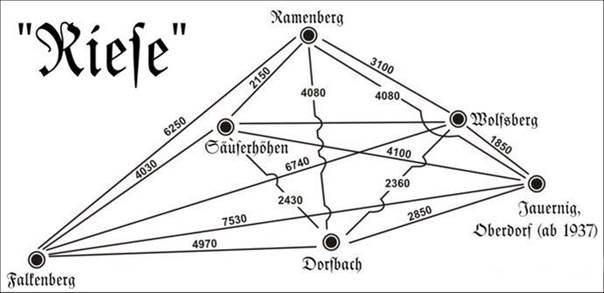
The rest of the projects were implemented on a much smaller scale. However, the bunker under Fürstenstein Castle, the largest in Silesia, was close to completion (by about 85%). According to circumstantial evidence, this bunker was supposed to become Hitler’s residence. Under Fürstenstein, there were as many as two additional floors (at a depth of 15 and 53 meters, respectively) with tunnels and halls in the rock, connected to the surface and the castle by elevator shafts and stairs.
Due to the lack of surviving documents on the Giant project, it is difficult to determine exactly what the other objects were used for. However, based on the configuration of the complex site, it can be assumed that some of its bunkers could have been intended for use by industrial enterprises.
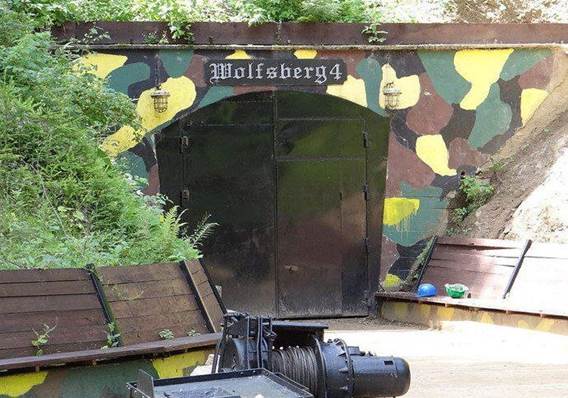
The active implementation of the program for the transfer of key industrial enterprises important for the war economy to underground facilities began only in 1944. Despite the opposition of the head of the Reich Ministry of Armaments, Albert Speer, who believed that this huge task would take several years, the project was personally approved by Hitler. Franz Xaver Dorsch, the new head of the Organisation Todt, the leading military construction conglomerate of the Reich, was put in charge of the project. Dorsch promised the Fuehrer that he would be able to complete the construction of six gigantic industrial complexes, each with an area of 90,000 square meters, in just six months.
First of all, the priority was to provide shelter for aircraft manufacturers. For example, in Franconia, near Nuremberg, in May 1944, construction began on an underground factory under Mount Houberg, where it was planned to produce BMW aircraft engines. In his memoirs after World War II, Speer wrote: “In February 1944, raids were carried out on huge factories that produced aircraft bodies, not on factories that produced aircraft bodies. aircraft engines, although it is the number of engines that is crucial for the aircraft industry. If the number of aircraft engines produced were reduced, we would not be able to increase the production of aircraft.”
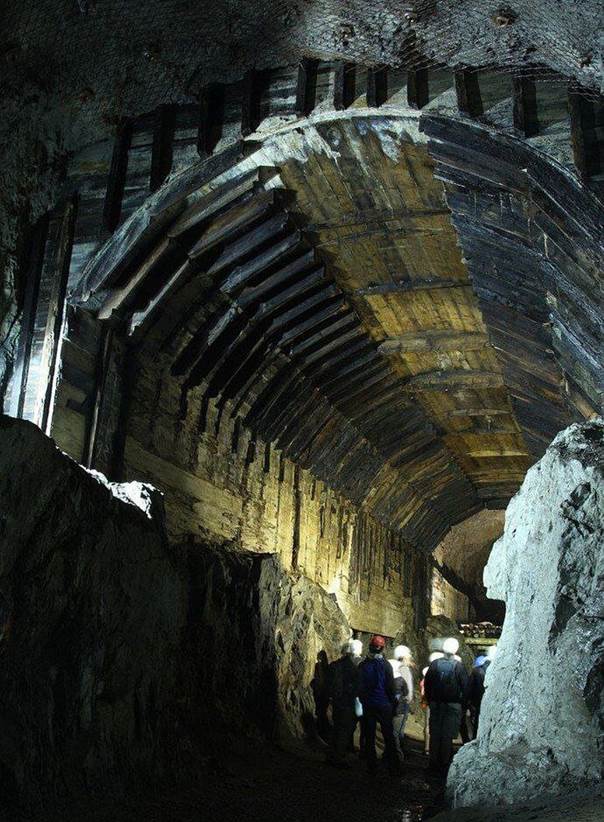
The project, codenamed Dogger, was a very typical underground factory for the Reich. Several parallel tunnels were dug in the rock strata, connected by perpendicular galleries. In the frequent grid thus formed, additional large halls were arranged for production operations that required more space. There were several exits from the mountain at once, and raw materials and finished products were transported using a special narrow-gauge railway.
The traditional method was also used in the construction of the Dogger facility. Due to the shortage of manpower in the Reich, all of the country’s underground factories were built through the brutal exploitation of concentration camp inmates and prisoners of war. For each of the future huge bunkers, a concentration camp was first created (if, of course, it was not nearby), where the main task of the victims was to build military enterprises at an incredibly high pace, around the clock and in the most difficult mountain conditions.
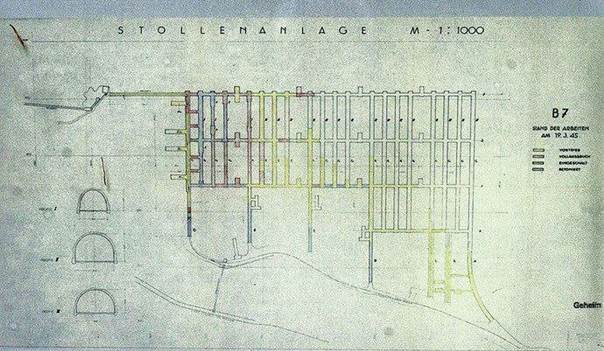
The BMW aircraft engine plant under Mount Houbirg was not finished. By the end of World War II, the prisoners of the Flossenburg camp had managed to build only 4 kilometers of tunnels with a total area of 14,000 square meters. After the end of World War II, the facility, which began to deteriorate almost immediately, was mothballed. The entrances to the foothill workings were sealed, most likely, forever. Of the 9,500 forced laborers of the complex, half did not survive.
In contrast to the Dogger project, the Bergkristall plant was successfully completed. By the spring of 1945, inmates of the Gusen II concentration camp, a branch of Mauthausen, had built about 10 kilometers of underground tunnels, with a total area of more than 50,000 square meters, one of the largest facilities of its kind in the Third Reich, in just 13 months.
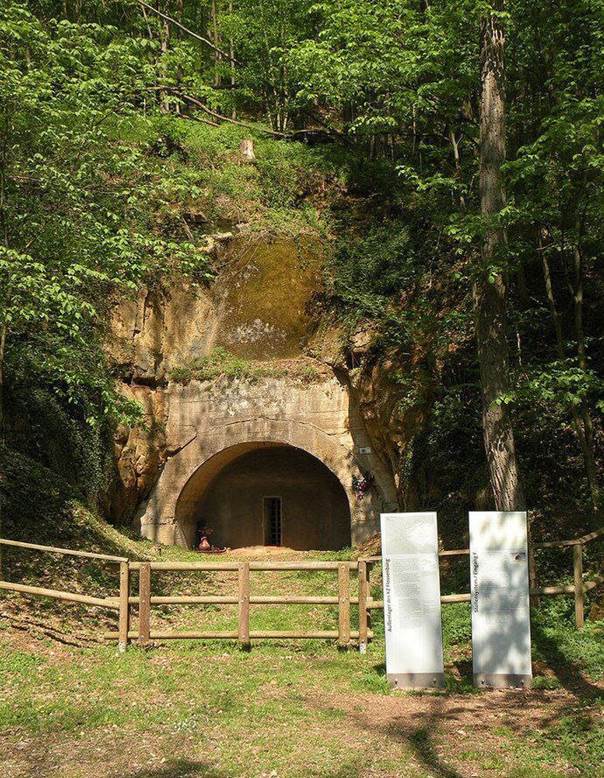
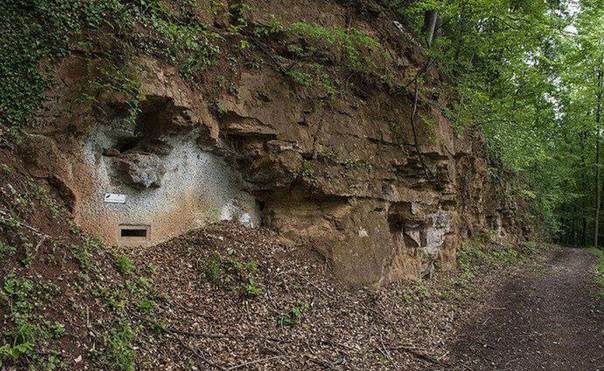
The company was created with the aim of producing the world’s first serial jet fighter aircraft Messerschmitt Me.262. By the time of the capture of Bergkristall by American troops in April 1945, about a thousand Me.262s had been produced here. However, in history, this place will remain known not only for its technological advances, but also for the brutal conditions that were created for the construction prisoners. Their average lifespan was only four months. According to various estimates, the construction of the complex did not survive from 8 to 20 thousand people.
Often, existing mine workings, natural caves and other shelters were converted to accommodate military enterprises. For example, in the former gypsum mine Seegrotte (“Lake Grotto”) near Vienna, the production of He 162 jet fighters was organized, and in the Engelberg tunnel of the A81 autobahn near Stuttgart, spare parts for aircraft were produced.
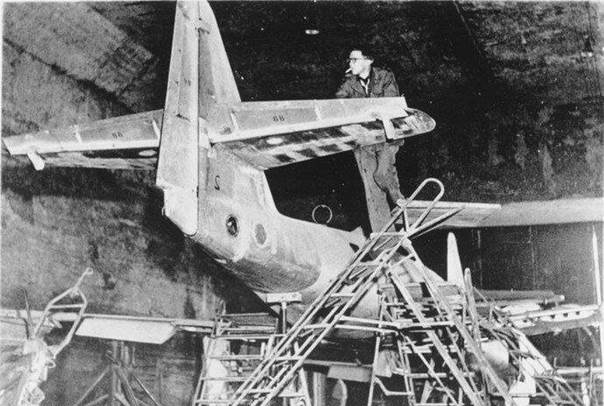

In 1944, about a hundred such enterprises were created. For the construction of some of them, even a mountain was not needed. For example, mass production of the same Me.262 (up to 1200 units per month) was planned to be organized at six giant factories, only one of which was located under the mountain. The other five were “sunk” semi-underground five-story bunkers 400 meters long and 32 meters high.
One of the five planned plants of this type has already begun construction in Upper Bavaria. Its code name is Weingut I (“Vineyard-1”). Work began in a specially laid underground tunnel, which is located at a depth of 18 meters. The soil was removed from there, and in its place foundations were created from 12 huge concrete arches, the thickness of which reaches 5 meters. These arches serve as ceilings for the entire complex. In the future, it was planned to cover the arches with earth and plant vegetation on them to disguise the factory as a natural hill.
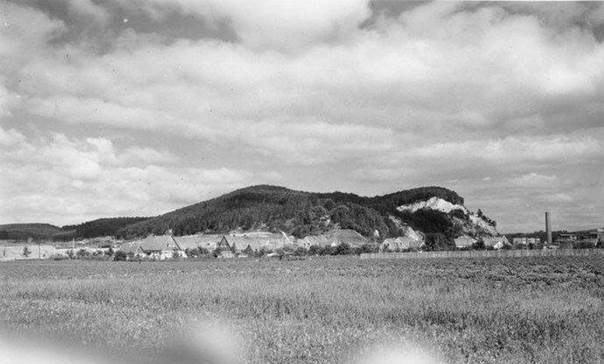
Builders from several nearby concentration camps managed to build only seven of the planned twelve arches. Of the 8,500 prisoners, 3,000 did not survive the construction. After World War II, the U.S. occupation administration decided to blow up the unfinished bunker, but the 125 tons of dynamite used were not enough to destroy one of the arches.
However, the Nazis managed to complete their largest underground plant. In August 1943, under the Konstein mountain near the city of Nordhausen, the construction of the facility, in official documents called Mittelwerke (“Middle Factory”), began. It was here, in the Harz mountain range in the center of Germany, that the production of the “weapon of vengeance” (Vergeltungswaffe) was to be established, the very “wunderwaffe”, the “wonder weapon” with which the Third Reich first wanted to take revenge on the Allies for the carpet bombing of their cities, and then again radically turn the tide of the Second World War.
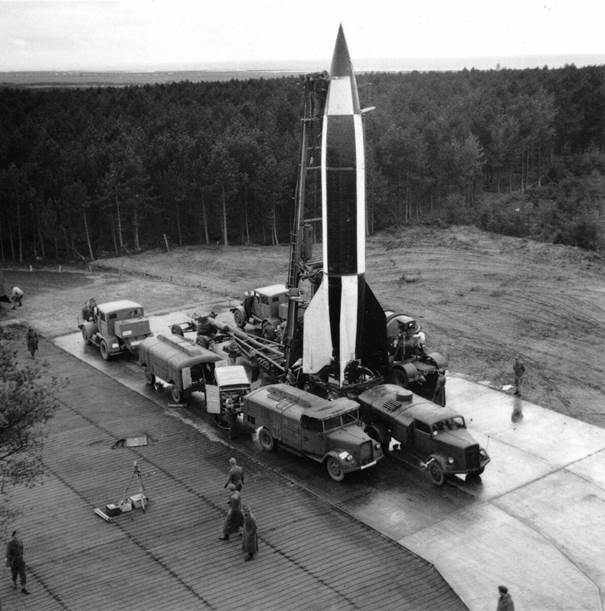
On August 17-18, 1943, bombers of the British Royal Air Force carried out Operation Hydra, the target of which was the German missile center Peenemünde in the northeast of the country. A massive raid on the test site showed its vulnerability, after which it was decided to transfer the production of the latest weapons to the center of Germany, to an underground plant. Just 10 days after Hydra and the launch of Project Mittelwerke, on August 28, a concentration camp was established near Nordhausen, dubbed Dora-Mittelbau. Over the next year and a half, about 60,000 prisoners were transferred here, mostly from Buchenwald, of which Dora became a branch. A third of them, 20,000 people, were never released, remaining forever in the tunnels under Constein.
Built in the shortest possible time, the underground factory consisted of two parallel tunnels, curved in the shape of the letter S and passing through Mount Constein. The tunnels were connected by 46 perpendicular tunnels. In the northern part of the complex there was an enterprise codenamed Nordwerke (“Northern Plant”), where engines for Junkers aircraft were produced. In addition, the Nazis’ unrealized plans included the creation of a “Southern Factory” near Friedrichshafen and an “Oriental Factory” in the vicinity of Riga.
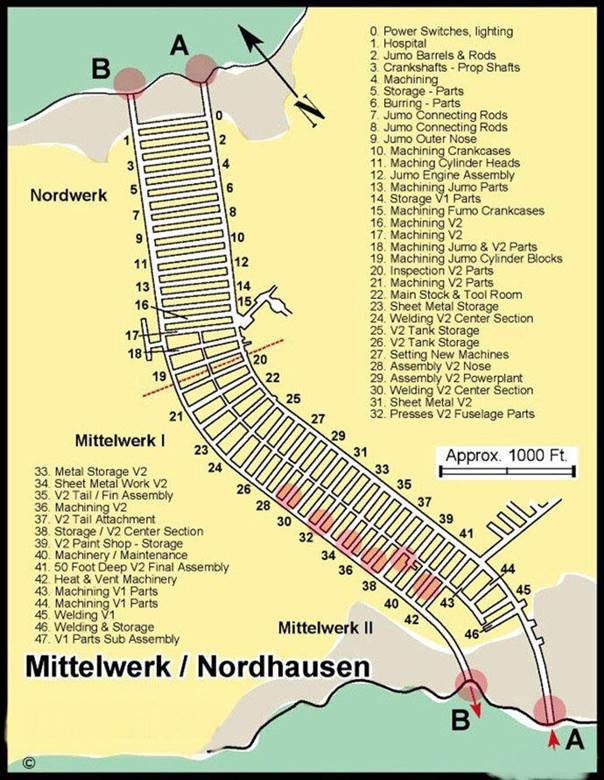
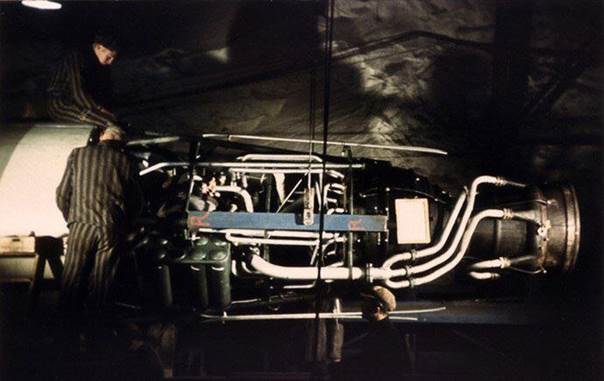
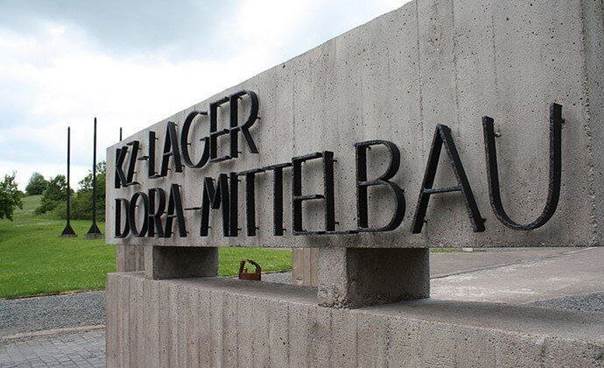
The tunnels were wide enough to install a full-fledged railway inside them. Trains with spare parts and raw materials entered the complex through the northern entrances and left with finished products on the south side of the mountain. By the end of World War II, the total area of the complex reached 125 thousand square meters.
In July 1944, Walter Frentz, Hitler’s personal photographer, made a special report from Mittelwerke to demonstrate to the Führer the full-scale production of “weapons of vengeance” created in the shortest possible time. These images were discovered recently and these unique images allow us to see not only the largest underground factory of the Reich in working order, but also in color.

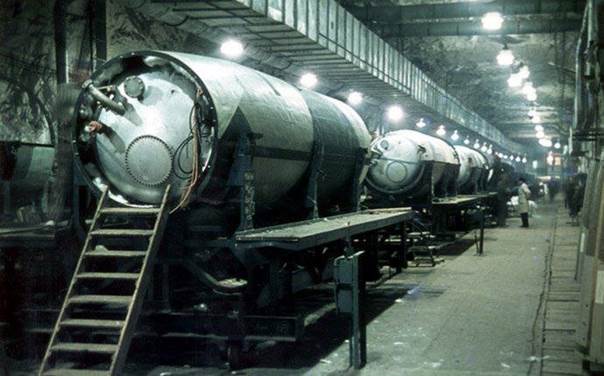
In April 1945, U.S. troops occupied Nordhausen and Mittelwerke. This territory later became part of the Soviet zone of influence, and three months later the Americans were replaced by Soviet specialists. Boris Chertok, one of the members of the scientific delegation that arrived at the enterprise to study the rocket experiments of the Nazis, later became an academician and one of the closest associates of Sergei Korolev. He has interesting memories of his visit to the factory: “The main tunnel for assembling the V-2 rockets was more than 15 meters wide, and the height in some spans reached 25 meters. In the transverse drifts, the manufacture, assembly, incoming inspection and testing of subassemblies and units were carried out before their installation on the main assembly.
The German, who was introduced as a test engineer at the assembly, said the plant was operating at full capacity until almost May. In the “best” months, its productivity reached 35 missiles per day! The Americans selected only fully assembled missiles at the plant. There are more than a hundred of them here. They even organized electrical horizontal tests, and all the assembled missiles were loaded into special wagons before the arrival of the Russians and taken to the west, to their zone. But here you can still recruit units for 10, or maybe even 20 missiles.
The Americans, who were advancing from the west, had an opportunity to familiarize themselves with the Mittelwerk as early as April 12, that is, three months before us. They saw underground production shut down just a day before their invasion. Everything amazed them. There were hundreds of missiles underground and in special railway platforms. The factory and access roads were completely intact. The German guards fled.
Then we were told that more than 120,000 prisoners had passed through the camp. At first, they built and gnawed at this mountain, then the survivors and new ones worked at the plant underground. We found some survivors in the camp. There was a lot of stuff in the tunnels underground.
In the tunnel, our attention was drawn to an overhead crane that covered its entire width over the span for vertical tests and subsequent loading of missiles. Two beams were suspended from the crane along the width of the span, which were lowered if necessary to the height of a man. Loops were attached to the beams, which were thrown around the necks of prisoners who were guilty or suspected of sabotage. The crane operator, who is also the executioner, pressed the lift button, and immediately the f*ing was accomplished through the mechanized movement of up to sixty people. In front of the eyes of all the “stripes”, as the prisoners were called, under bright electric light under a thickness of 70 meters of dense soil, a lesson in obedience and intimidation of saboteurs was given.
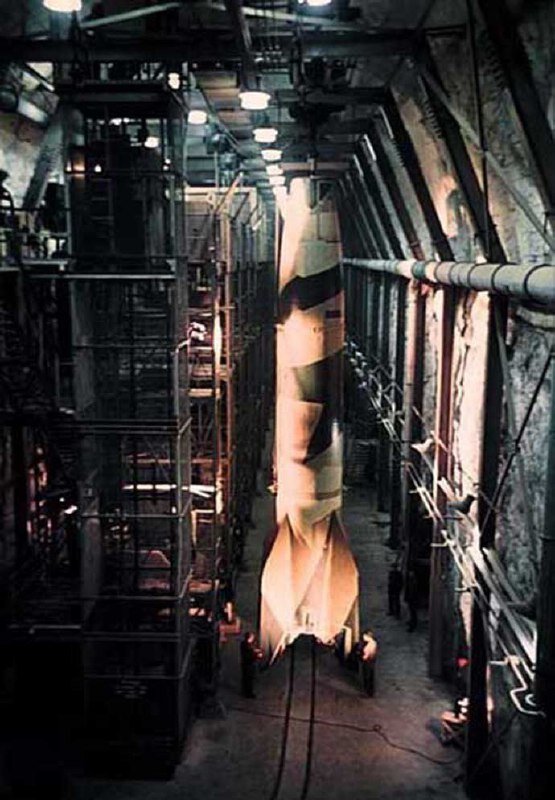

At the same time, the prisoners still sabotaged the production of the V-2 as much as possible, even at the risk to their lives.
“The prisoners who worked on the assembly learned how to introduce a malfunction in such a way that it was not immediately detected, but affected after the missile was sent during its tests before launch or in flight. Someone taught them how to make unreliable soldering of electrical connections. This is very difficult to verify. The German control staff was not able to keep track of tens of thousands of rations per day.”
The V-2 rockets discovered by U.S. and Soviet forces at Mittelwerke later formed the basis of both countries’ space programs. Soviet experts noted: “If militarily the A-4 (aka V-2) rocket had practically no serious impact on the course of the war, in scientific and technical terms, its creation was an outstanding achievement of German specialists, recognized by specialists from all countries that subsequently created missile weapons.” One way or another, by 1945 the Germans had managed to create almost the entire range of guided missile weapons, and, fortunately for all mankind, the Germans failed to carry out their plans.
